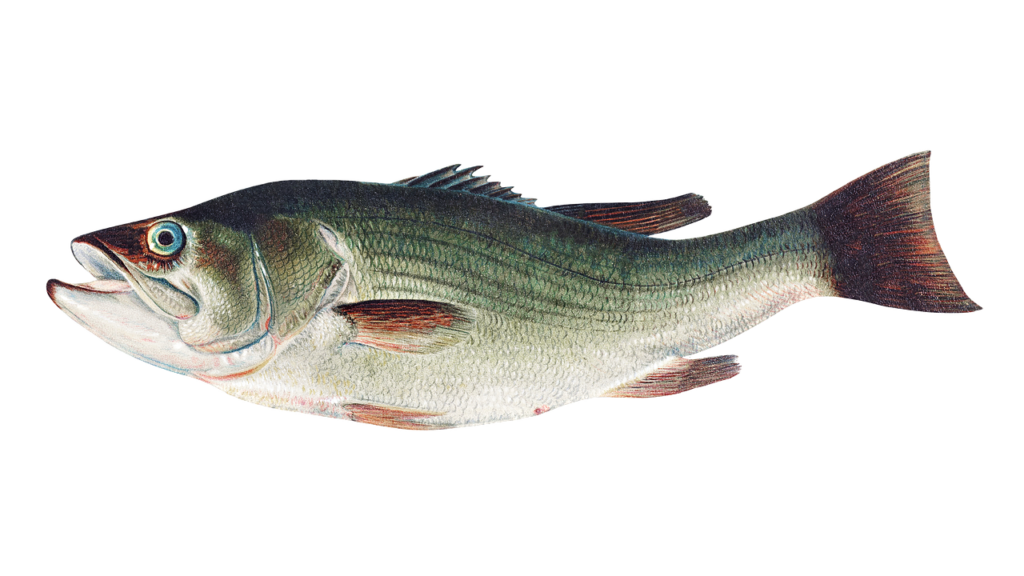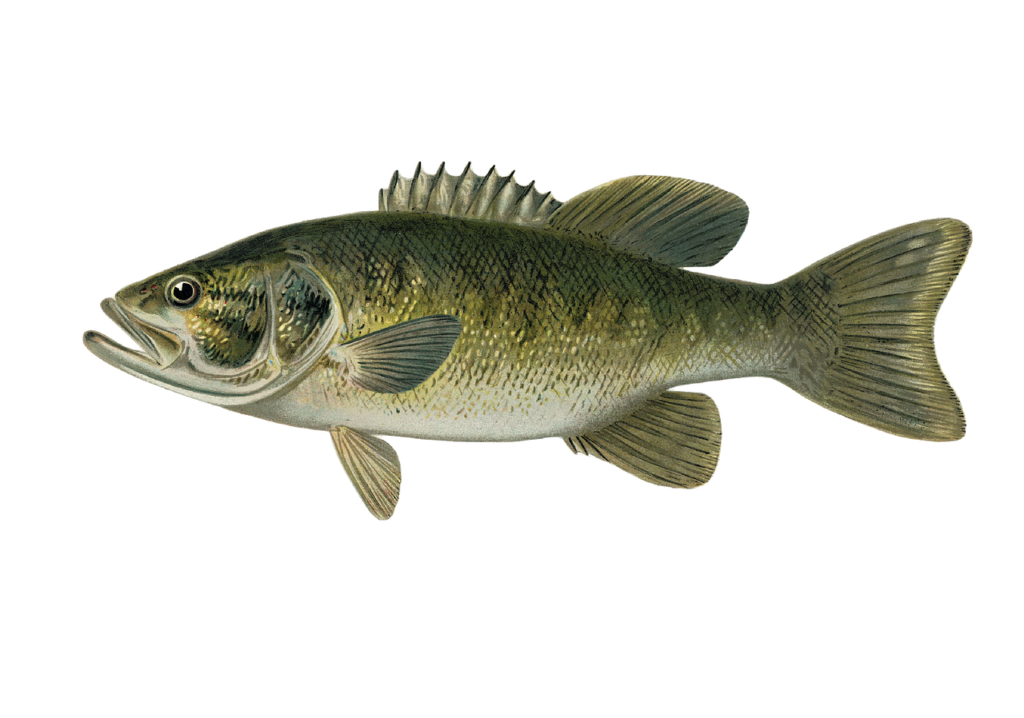Largemouth and smallmouth bass may share the “bass” title, but there are some significant differences. Their habitats, preferred prey, and even their fighting styles differ, requiring anglers to change their techniques. Lets dive into the defining traits of each species, unlocking the secrets behind successful catches and sharing the strategies that distinguish one from the other.
Largemouth Bass
Smallmouth Bass


The Physical Differences
Largemouth Bass
The largemouth bass is easily identified by its larger mouth, which extends past the back of the eye when closed. The largemouth bass generally has a more elongated body shape and a more pronounced lateral line down the body with coloration varying from olive green to a darker green. On average largemouth bass grow bigger than smallmouth bass, with an average weight of 11 pounds for adult bass, and a record weight of 22 pounds.
Smallmouth Bass
The smallmouth bass has a smaller mouth than only reaches the eye when shut and does not extend beyond the eye. They have a more streamlined body with vertical stripes running from its head to tail. The smallmouth bass tends to be more bronze to brown in color and often has red eyes. Smallmouth bass don’t tend to grow as big with an average weight of 6 pounds for an adult bass, and a record of 11 pounds.
Habitat Preference
Largemouth Bass
Largemouth bass are able to tolerate a wide range of water conditions. They prefer warmer, more vegetated waters such as ponds, lakes, and slow-moving rivers that provide plenty of cover such as weeds, lily pads and submerged trees for protection. Largemouth bass are often more comfortable in water between 70-85 degrees Fahrenheit, however they can tolerate higher temperatures.
Smallmouth Bass
Smallmouth bass are often found in cooler and clearer water compared to largemouth bass. They prefer the rocky bottoms and sandy areas of lakes and rivers. Smallmouth bass thrive in waters with moderate currents near underwater structures like ledges, points and rocks. They are often found in depths of 10-20 feet but can be found shallower or deeper depending on water temperatures. They prefer cooler water temperatures around 65-75 degrees Fahrenheit.
Feeding Behavior
Largemouth Bass
Largemouth bass are ambush predators, relying on stealth and bursts of energy to catch their prey. They often hide in vegetation or structures, waiting for prey to come close before they quickly strike, using their large mouth to engulf the prey. Their diet consists mainly of insects, frogs, crayfish and smaller fish. They have been known to consume larger prey due to their large mouth and ability to engulf larger items.
Smallmouth Bass
Smallmouth bass tend to be more aggressive and actively chase down their prey. They hunt by chasing and ambushing prey in open water or near rocky structures. Their speed and agility allow them to catch fast-moving prey. Their diet consists primarily of insects, crayfish, smaller fish and even smaller bass.
Fishing Strategies
Largemouth Bass
Using topwater baits like buzzbaits, frogs or poppers can be very effective, especially during dusk or dawn when they are more active near the surface. Casting these baits near weeds and vegetation structures will work exceptionally well. Making use of jerkbaits and crankbaits to mimic injured baitfish can trigger a predatory response for largemouth bass and be successful.
Smallmouth Bass
Using lures such as spinners, jigs and crankbait will mimic the movement of smaller fish and be effective when casting near rocky structures or along drop-offs. Using poppers and topwater walkers can also be effective, especially during low-light conditions or when they are actively feeding on the surface. Live bait such as minnows or crayfish can also work well for smallmouth bass.
The Fight
Largemouth Bass
Largemouth bass will provide a more powerful and surgy run when fighting. They use their size and weight to their advantage to make strong and determined runs to seek cover in vegetation or submerged structures to try break your line.
Smallmouth Bass
Smallmouth bass are known for their acrobatic and vigorous fights once hooked. They leap out the water more frequently compared to largemouth bass. Once hooked they make powerful runs, darting in different directions and using their strength and speed to try shake off the hook.
